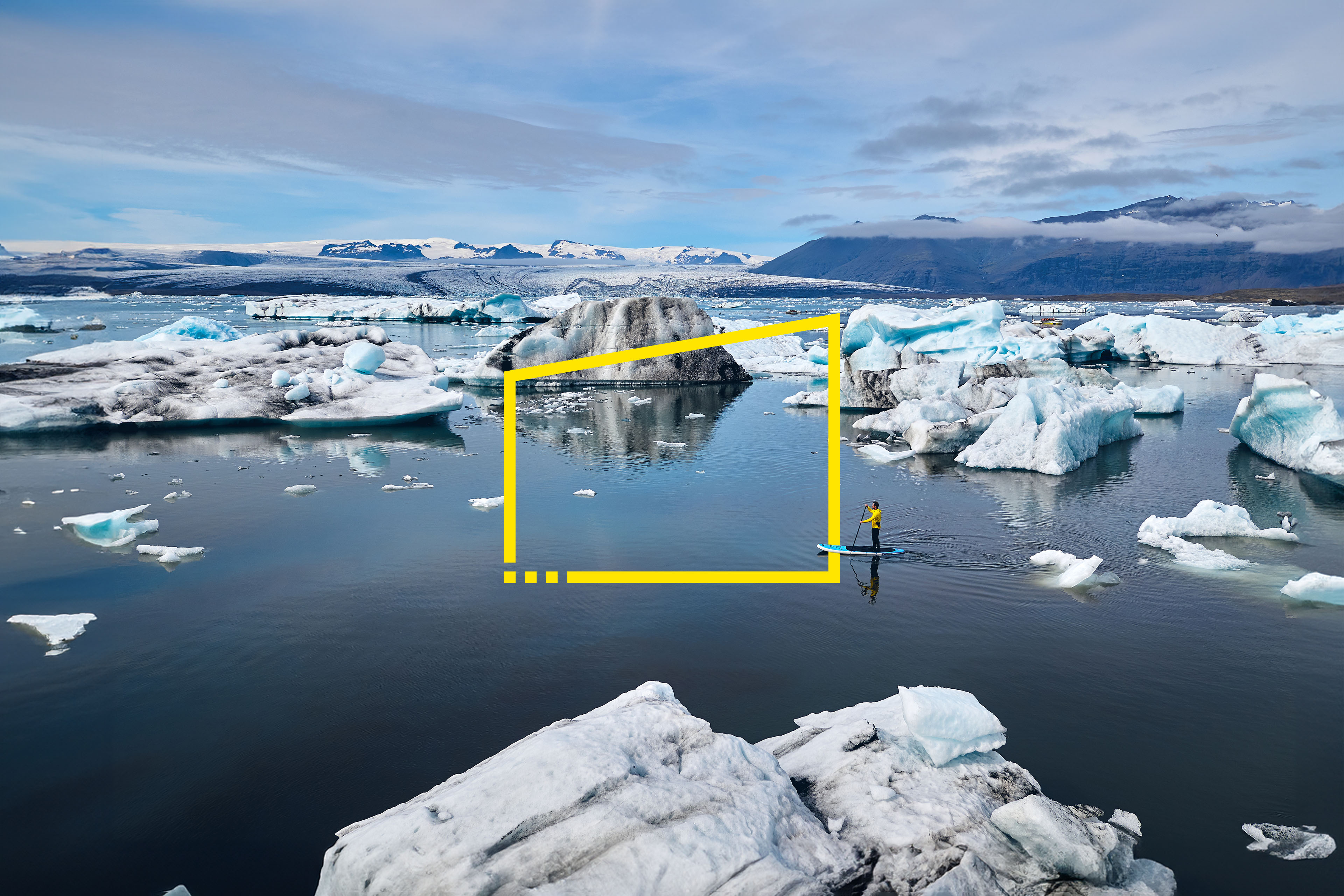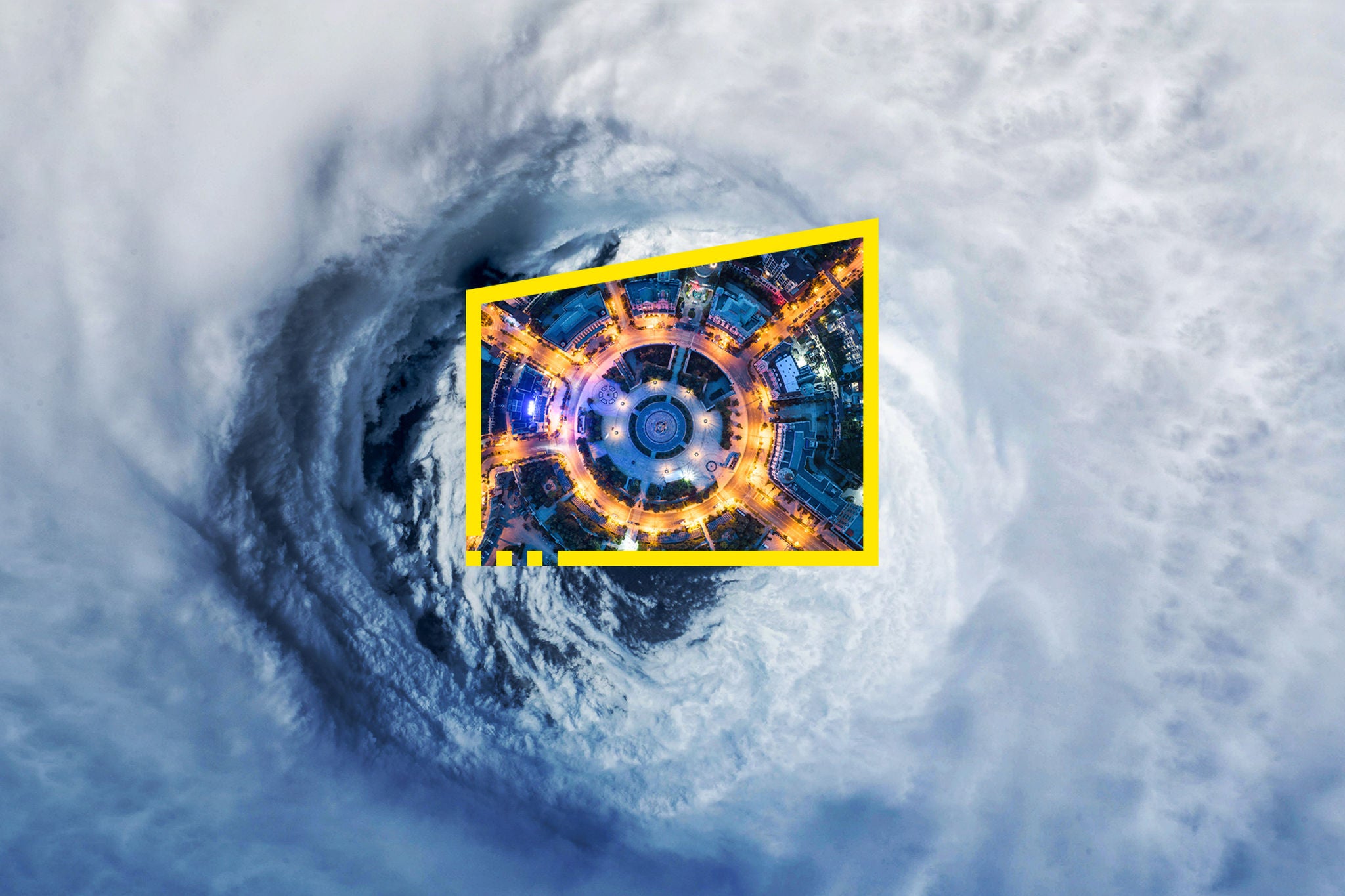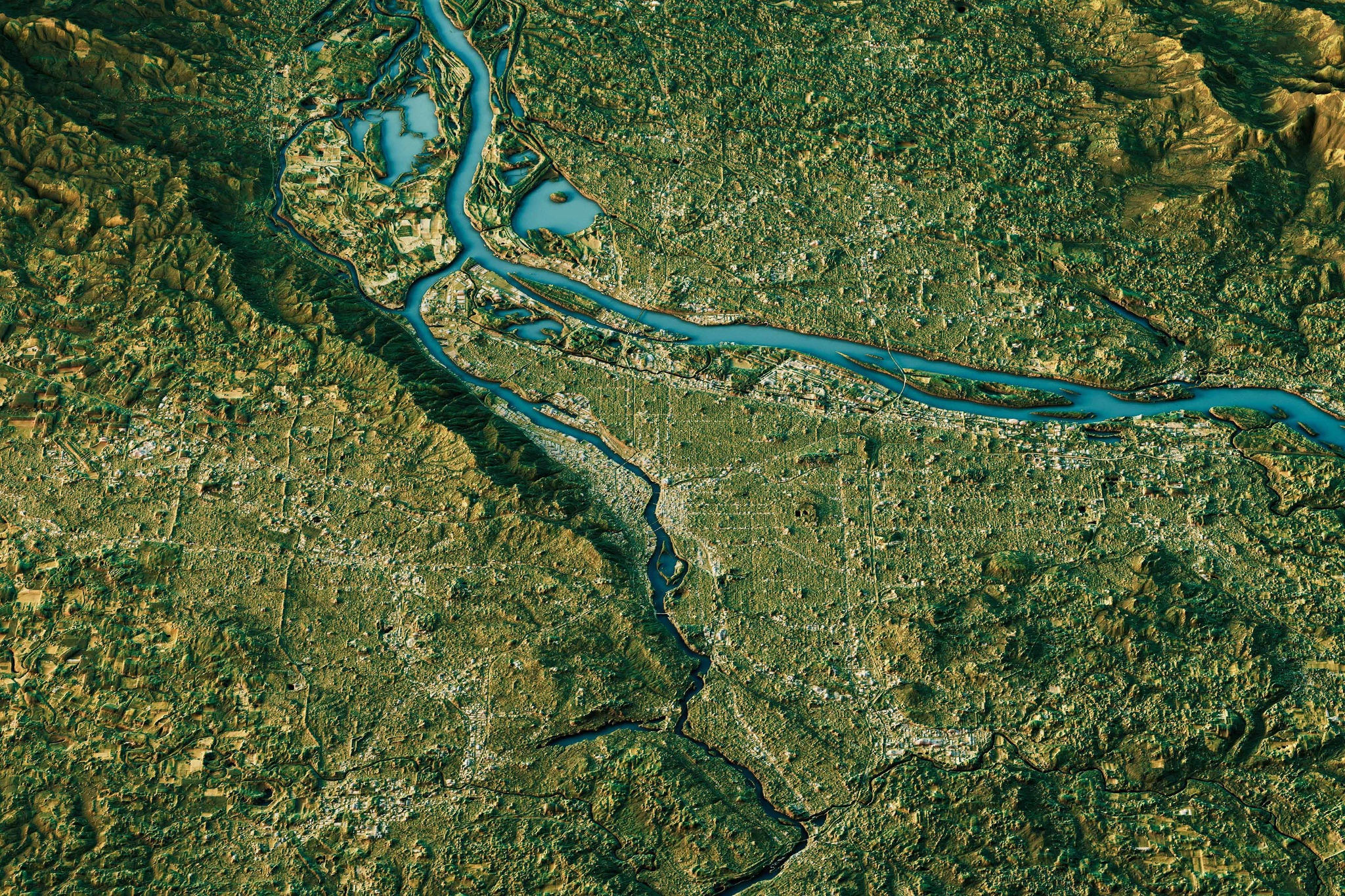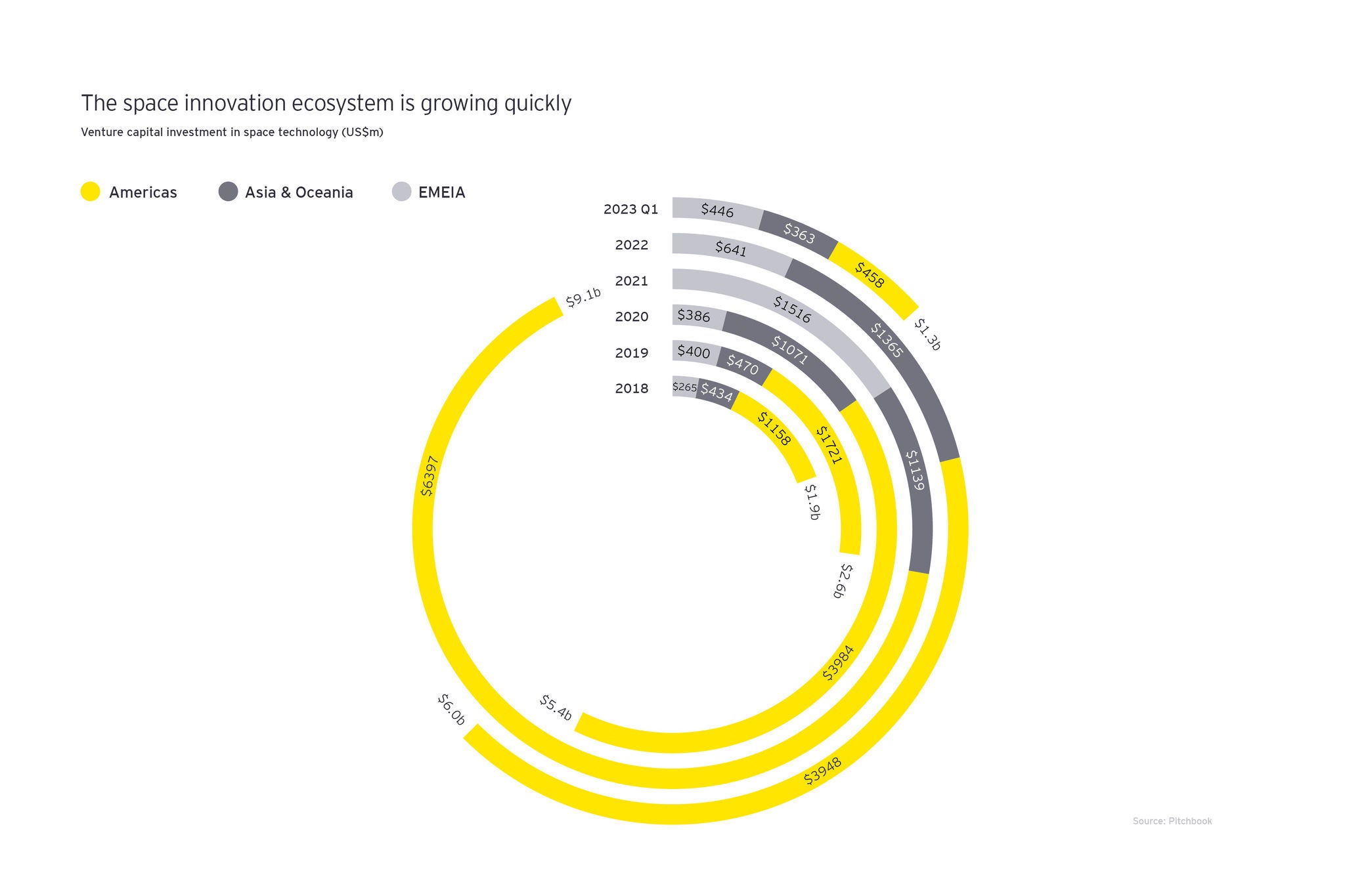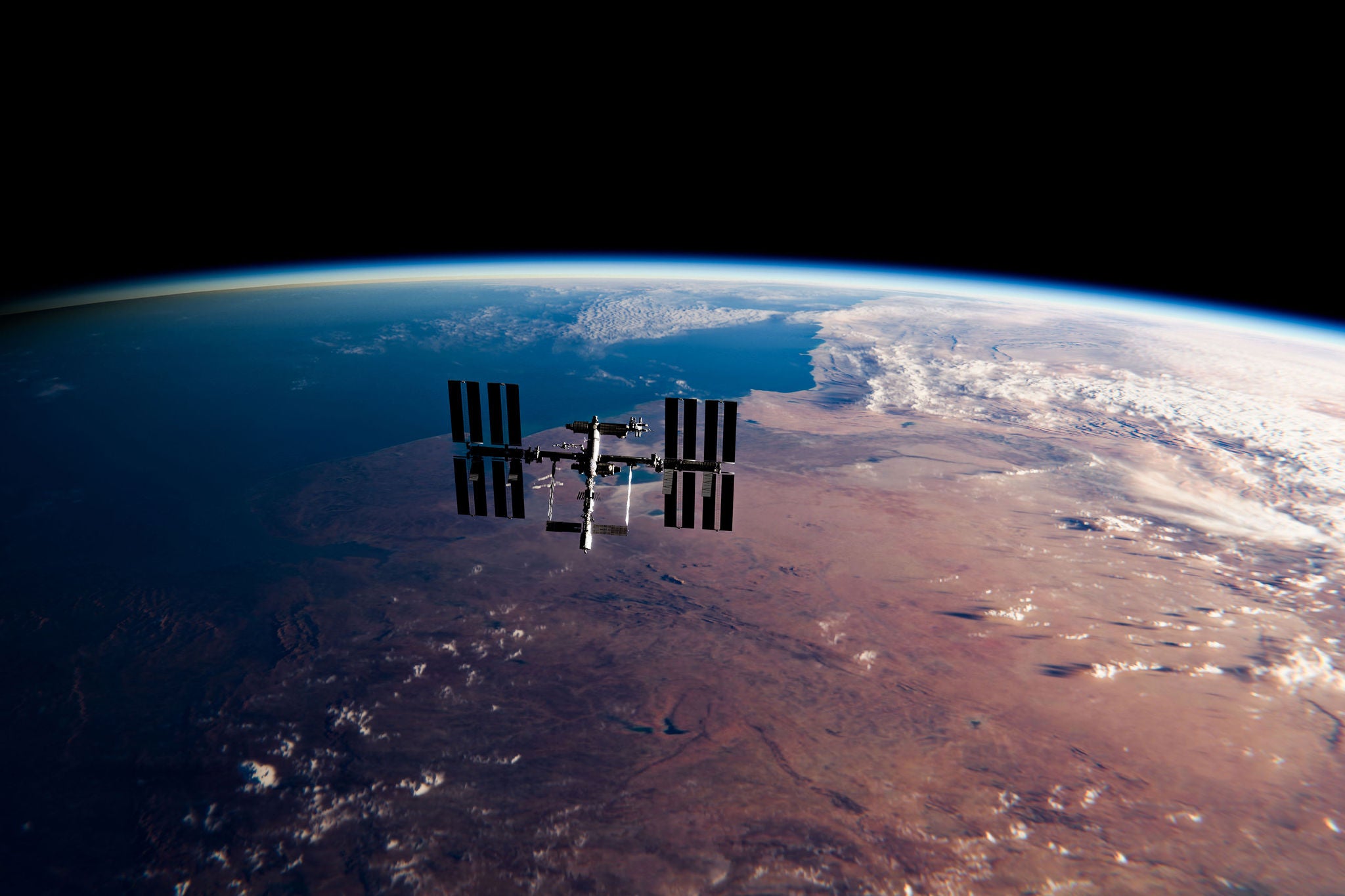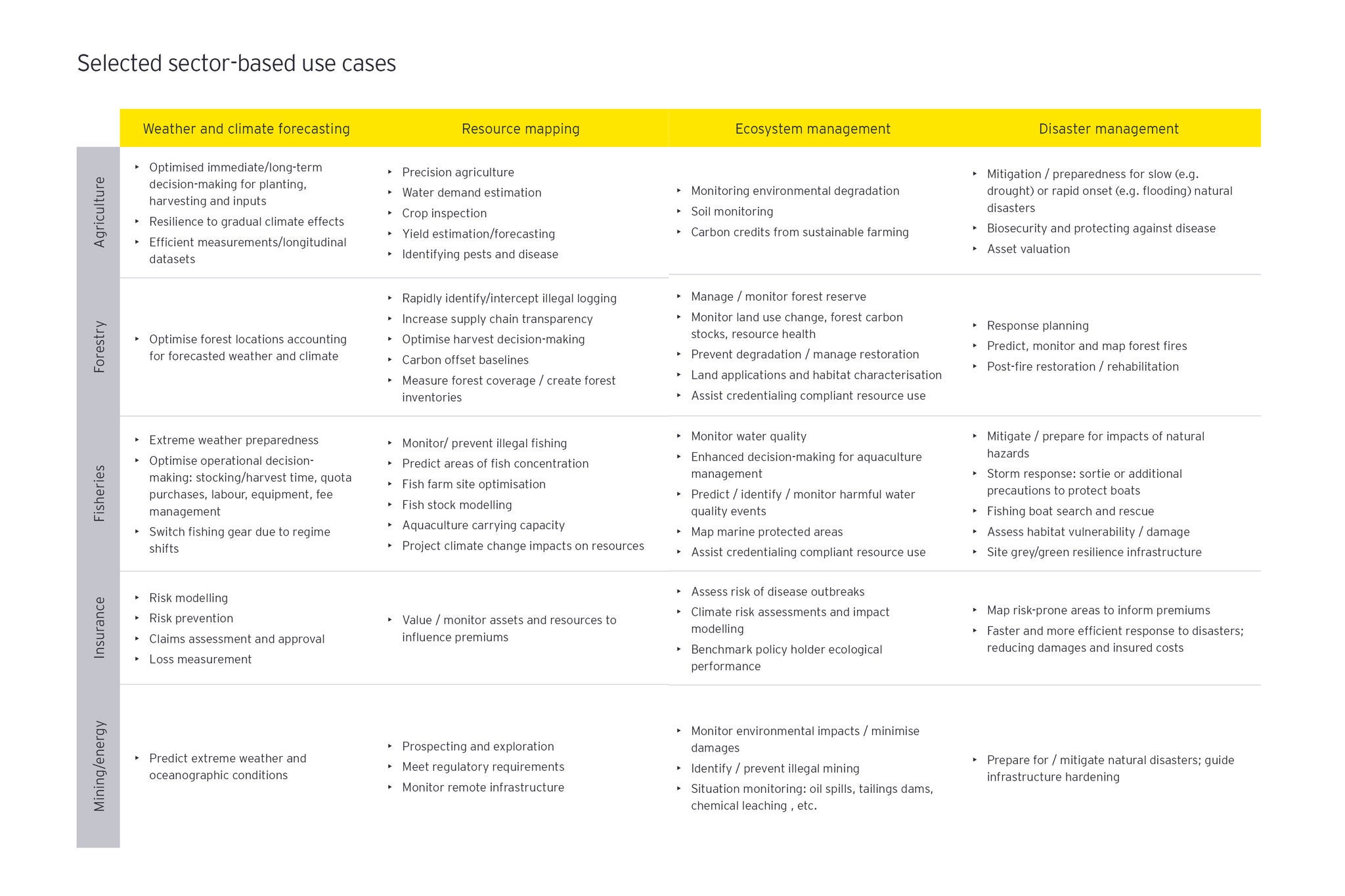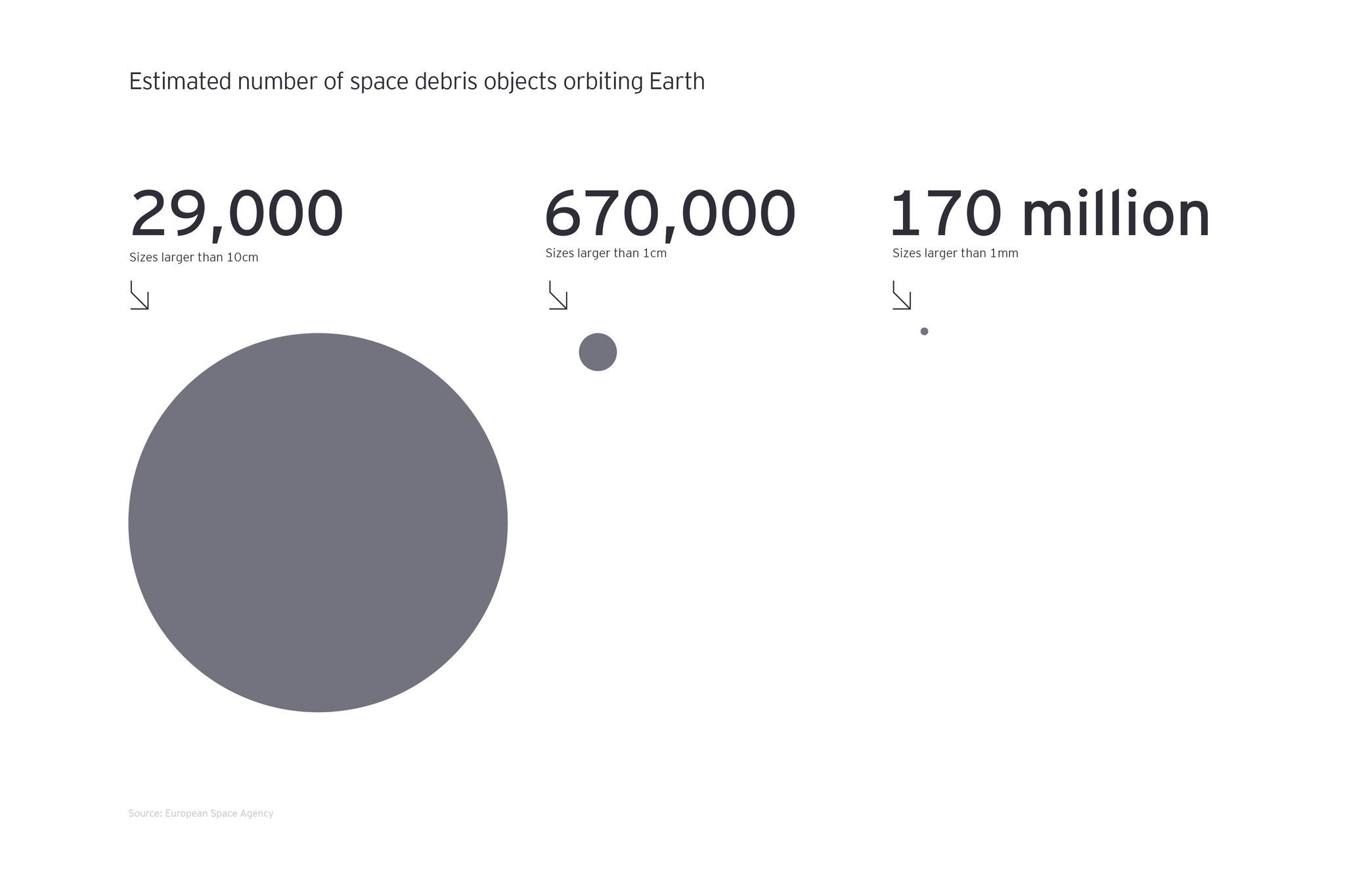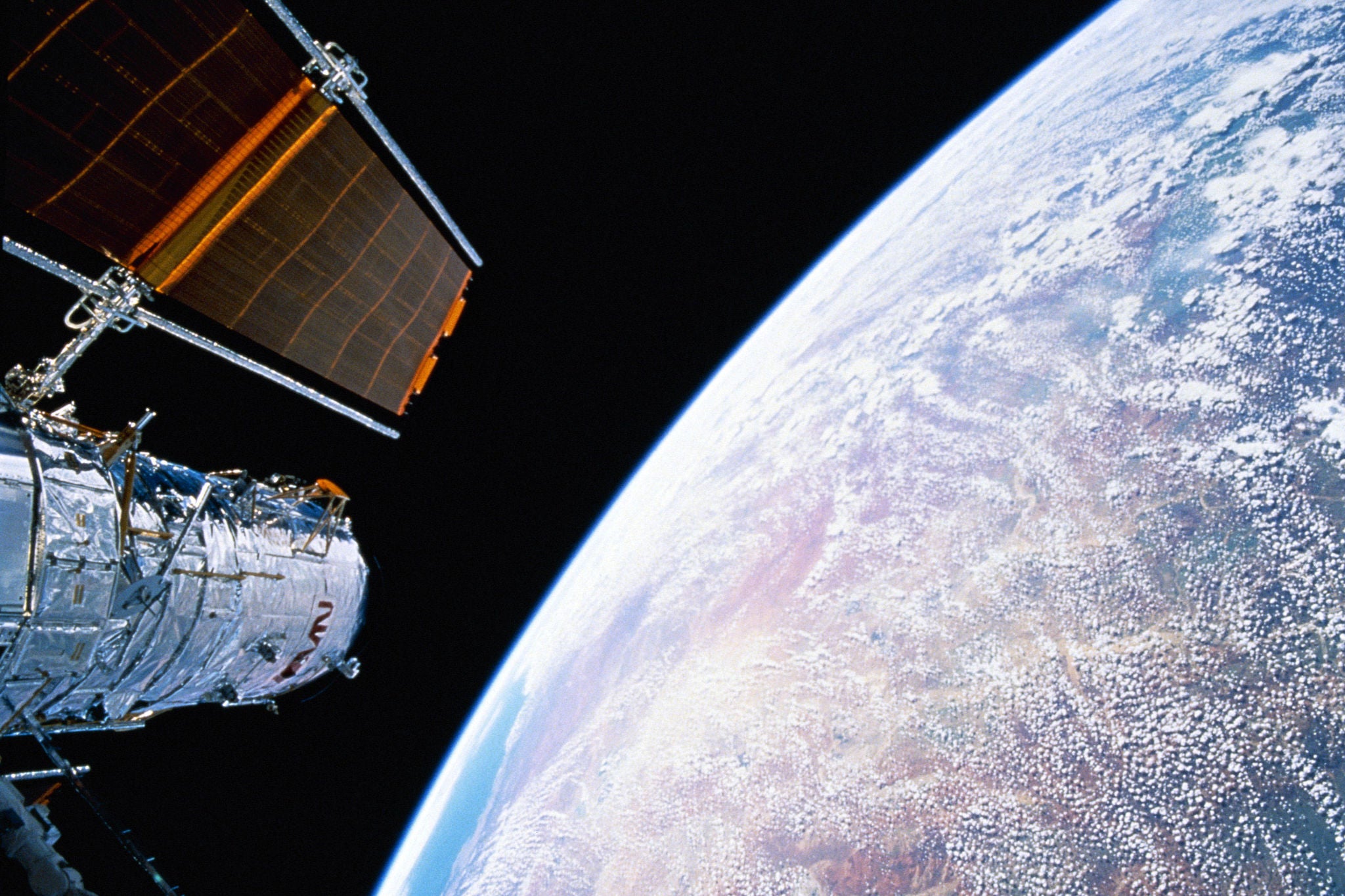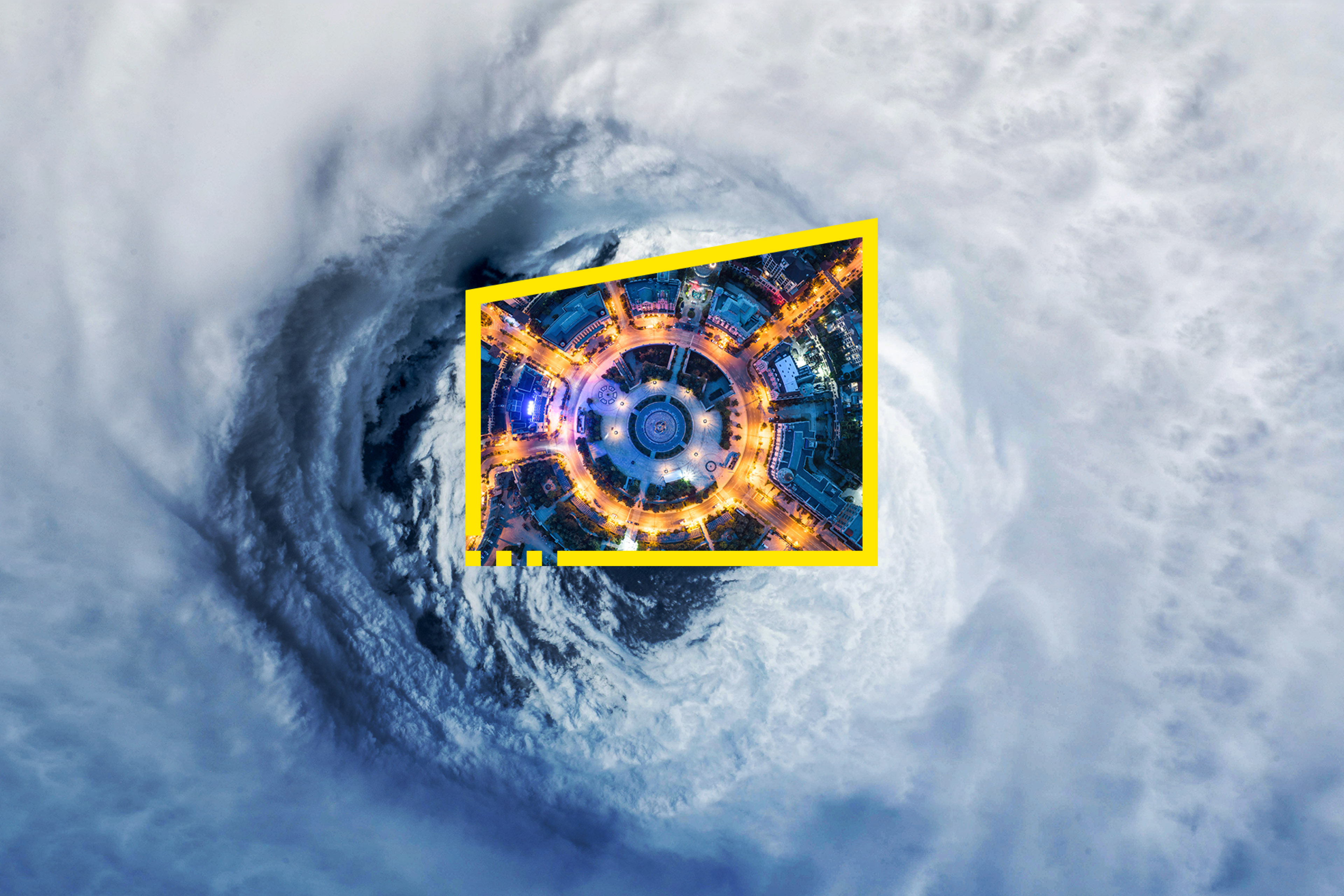Satellites provide this big picture and close-up perspective, generating increasingly rich data on the current state of the environment and how it’s changing.
As companies contend with new sustainability reporting expectations and requirements, the democratisation of space data creates new opportunities and new accountability:
- Growing volumes of rich space data offer companies a critical resource for assessing, reporting on, and improving their sustainability performance.
- An expanding ecosystem of public and private organisations utilising this data creates new opportunities for productive partnerships to accelerate corporate action on sustainability.
- Space data empowers stakeholders to monitor the sustainability performance of companies and hold them accountable to their pledges, increasingly limiting the ability of companies to selectively disclose and reducing their control over their sustainability narratives.
‘Now is the time for private and public sector leaders to understand what Earth observation data reveals about their global footprint and impact, both to manage sustainability risks and accelerate progress on climate, biodiversity and other goals,’ says Amy Brachio, EY Global Vice Chair of Sustainability.
Eying global greenhouse gas transparency
Climate-focused non-governmental organisations (NGOs) are leveraging open-source satellite data and artificial intelligence to quantify and inventory the largest individual sources of GHG emissions.
Climate TRACE, a non-profit coalition, has mapped over 80,000 emitting physical assets globally in two dozen sectors, in addition to providing independent emissions estimates for every country on the planet.ⁱ The organisation synthesises data from 300 satellites and more than 11,000 sensors with other ground truth data sets to train AI/ML algorithms, which can then be used to make estimates globally.
‘The public availability of satellite data has been tremendously helpful to us, along with advances in artificial intelligence and machine learning. We’re building on tried and tested analytical approaches and massively expanding them globally,’ says Lekha Sridhar, Senior Policy Analyst with WattTime, one of the Climate TRACE coalition member organisations.
Other NGOs are launching their own, purpose-built, satellite missions to identify and quantify emissions sources. The Environmental Defense Fund (EDF) and Carbon Mapper both will have satellites focused on detecting methane, a greenhouse gas 80 times more warming than CO2.
‘Satellite emissions monitoring also provides an important opportunity to build confidence in underground carbon capture and storage. Monitoring and verifying the lack of emissions from CCS sites could help answer concerns about leaks and accelerate adoption of these solutions,’ says Mathew Nelson, EY Oceania’s Chief Sustainability Officer.
Together, organisations such as Climate TRACE, EDF and Carbon mapper will illuminate the climate performance of high-emitting industries at a very granular level while offering a hand of collaboration to companies seeking to improve.
Unlocking capital for nature-based carbon solutions
Concerns related to the monitoring, reporting and verification of nature-based carbon offsets and removals have constrained investment in both established classes of projects (e.g., forest preservation) and emerging ones (e.g., soil sequestration).
Increasing confidence in the additionality, performance and permanence of nature-based projects would help unlock the capital needed to scale carbon markets.
Satellites are already playing a role as organisations:
- Combine satellite remote sensing data with AI to define, quantify and certify carbon projects.
- Use satellite data to independently assess and rate nature-based projects, often highlighting disparities with reported performance.
Given the growing number of satellite data sources, coordination among standard-setting organisations on the use of satellite data and a system of assurance on satellite imagery would also bolster confidence in nature-based credits.
